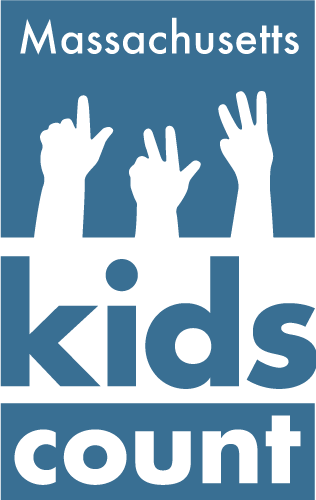Public Higher Education and COVID-19
With the correct supports in place, public higher education has the power to open up countless opportunities for low-income students and families of all races and backgrounds. Throughout the pandemic, colleges and universities have continued to educate their students virtually, while also planning logistics for a safe return. These unprecedented logistics for both virtual teaching and welcoming students to a safe, clean environment have presented clear financial obstacles.
Public higher education in Massachusetts has been underfunded for decades. These disinvestments have led to increased tuition, as well as larger percentages of students graduating with larger amounts of student loan debt.1 The impacts and expenses of COVID-19 have added to an already unstable system. Universities and colleges were forced to make budget cuts, cut student jobs, terminate staff positions, and cut academic programs.2
Since March 2020, the federal government has enacted six relief laws. Federal dollars were sent to Massachusetts with guidance and restrictions attached. These federal dollars have come in various streams, the Higher Education Emergency Relief Funds (HEERF) being the specific stream for higher education. HEERF dollars have gone directly to colleges and universities and are split into “student allocations” and “institution allocations”. Student allocations go directly to students to assist with COVID-19 expenses. Institution allocations are used by institutions to assist with COVID-19 expenses. There is also money going specifically to Minority Serving Institutions (Historically Black Colleges and Universities and other minority serving colleges) to serve as targeted relief for those campuses.
HEERF dollars going directly to Massachusetts’ higher education system presents a unique opportunity for massive investments and bold initiatives. The influx of this one-time federal funding is an incredible opportunity for higher education stakeholders to create and implement the beginnings of student-centered, antiracist policies to close accessibility and affordability gaps within our higher education system. Along with HEERF, there is an opportunity to not only begin these programs but sustain them through progressive revenue options within Massachusetts.
- Massachusetts can create an accessible pathway to higher education for all and can create an equitable and affordable experience for all students.
- Advocates and partners are currently fighting for the passage and implementation of a few bold initiatives including “The Cherish Act”, which would establish minimum state funding to public higher education and freeze tuition and fees for five years and “The Debt-Free Public Higher Education Act”, which would create a grant program to pay the equivalent of tuition and fees and provide aid to cover the cost of attendance for students who meet the income eligibility.
- These bold investments can begin to be funded through the one-time COVID recovery federal funds; however, these investments must be sustained.
- The Fair Share Amendment ballot question in 2022, if approved, will generate over $2 billion in additional revenue dedicated each year between education and transportation. These additional funds can help sustain bold initiatives to public higher education for a more equitable and accessible experience for all.
CARES: Coronavirus Aid, Relief, and Economic Security Act (HEERF I)3
- Passed: 3/27/2020
- Funding to MA: Approximately $280M4
- In addition, 38 minority serving institutions received a total of $4.9M5
- Required Student Spending: 50% must be used for emergency financial aid to students.
- Emergency financial aid can be used for: Cost of attendance expenses: food, housing, course materials, technology, health care, and childcare.
- Student Eligibility: Must meet Title IV eligibility for federal financial funds such as the Pell Grant, Direct Subsidized/Unsubsidized Loans, and Direct PLUS loans. Any leftover funds may be awarded to refugees, Deferred Action for Childhood Arrivals (DACA), and other students without documentation. Online students are not eligible. (Title IV requirement was removed 5/14/20).
- Institutional Portion can be used for: Costs incurred because of instructional method changes due to COVID-19. Additional grants to students.
- Deadline to Spend Funds: Institutions have 1 calendar year from their most recently processed HEERF grant (I, II, or III) to spend all HEERF funds.
CRRSAA: Coronavirus Response and Relief Supplemental Appropriations Act (HEERF II)6
- Passed: 12/27/2020
- Funding to MA: Approximately $469M7
- In addition, 11 minority serving institutions received a total of $3.1M8
- Required Student Spending: Institutions must spend the same dollar amount on students grants as under HEERF I. For-profits must use 100% of their funds on student grants.
- Student Portion Allowable Usages: Any component of cost of living such as: tuition, food, housing, health care (including mental health), and childcare.
- Student Eligibility: Any student attending classes, including online students. Any leftover funds may be awarded to refugees, DACA, and other students without documentation.
- Institutional Portion Allowable Usages: Expenses due to COVID-19 such as: lost revenue, reimbursement for expenses already incurred, technology costs for remote instruction, faculty and staff training, payroll, student support activities related to COVID-19 and additional grants to students.
- Deadline to Spend Funds: Institutions have 1 calendar year from their most recently processed HEERF grant (I, II, or III) to spend all HEERF funds.
ARP: American Rescue Plan (HEERF III)9
- Passed: 3/12/2021
- Funding to MA: Approximately $826M10
- In addition, 12 minority serving institutions received a total of $5.9M11
- Required Student Spending: 50% must be for financial aid grants to students. For-profits must use 100% of their funds on student grants.
- Student Portion Allowable Usages: Any component of cost of living such as: tuition, food, housing, health care (including mental health), and childcare.
- Student Eligibility: Any individual enrolled on or after 3/13/20, including online students, refugees, DACA, and other students without documentation.
- Institutional Portion Allowable Usages: Expenses due to COVID-19 such as: lost revenue, reimbursement for expenses already incurred, technology costs for remote instruction, faculty and staff training, payroll, student support activities related to COVID-19 and additional grants to students.
- Additional Requirements to Institutions: Must use a portion to implement practices to monitor and suppress COVID-19.
- Must conduct outreach to students about eligibility for financial aid adjustment due to unemployment of a family member or student.
- Deadline to Spend Funds: Institutions have 1 calendar year from their most recently processed HEERF grant (I, II, or III) to spend all HEERF funds.
Endnotes
1Anastasia Martinez. “Bruised Budgets”. MassBudget. August 10, 2020. https://massbudget.org/2020/08/10/bruised-budgets-a-higher-education-funding-history-lesson-for-an-antiracist-future-2/
2 Chris Lisinski. “UMass Pairs Tuition Freeze With Layoffs And Spending Cuts”. WBUR. July 2020. https://www.wbur.org/edify/2020/07/20/umass-cut-budget-freeze-tuition
3 National Association of Student Financial Aid Administrators. “Higher Education Emergency Relief Funds Comparison Chart”. May 2021. https://www.nasfaa.org/uploads/documents/HEERF_Funds_Comparison_Chart.pdf
4 The Commonwealth of Massachusetts’ Executive Office for Administration and Finance. https://www.mass.gov/info-details/about-covid-19-federal-funds
5 U.S. Department of Education. CARES (HEERF I), Minority Serving Institutions Allocations List. https://www2.ed.gov/about/offices/list/ope/caresactsec18004a2allocationsfinal.xlsx
6 National Association of Student Financial Aid Administrators. “Higher Education Emergency Relief Funds Comparison Chart”. May 2021. https://www.nasfaa.org/uploads/documents/HEERF_Funds_Comparison_Chart.pdf
7 The Commonwealth of Massachusetts’ Executive Office for Administration and Finance. https://www.mass.gov/info-details/about-covid-19-federal-funds
8 U.S. Department of Education. CRRSAA (HEERF II), Minority Serving Institutions Allocations List. https://www2.ed.gov/about/offices/list/ope/heerfiimsiallocations.xlsx
9 National Association of Student Financial Aid Administrators. “Higher Education Emergency Relief Funds Comparison Chart”. May 2021. https://www.nasfaa.org/uploads/documents/HEERF_Funds_Comparison_Chart.pdf
10 The Commonwealth of Massachusetts’ Executive Office for Administration and Finance. https://www.mass.gov/info-details/about-covid-19-federal-funds
11 U.S. Department of Education. ARP (HEERF III), Minority Serving Institutions Allocations List. https://www2.ed.gov/about/offices/list/ope/arpa2msiallocationtable.pdf





